China discovered a hole in the pit deeper than 100m
A group of geological exploration found intact, large-sized karsts and beautiful landscapes in Shaanxi Province, China.
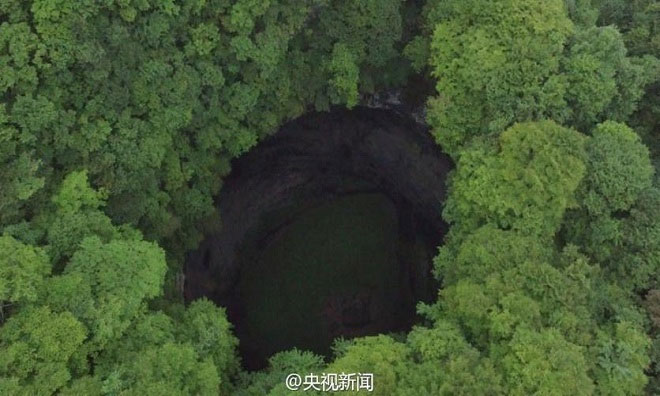
Geologists have found a large cluster of karsts in Han Trung City, Shaanxi Province, China, and Xinhua on November 24. This is one of the largest karst pit in the world.
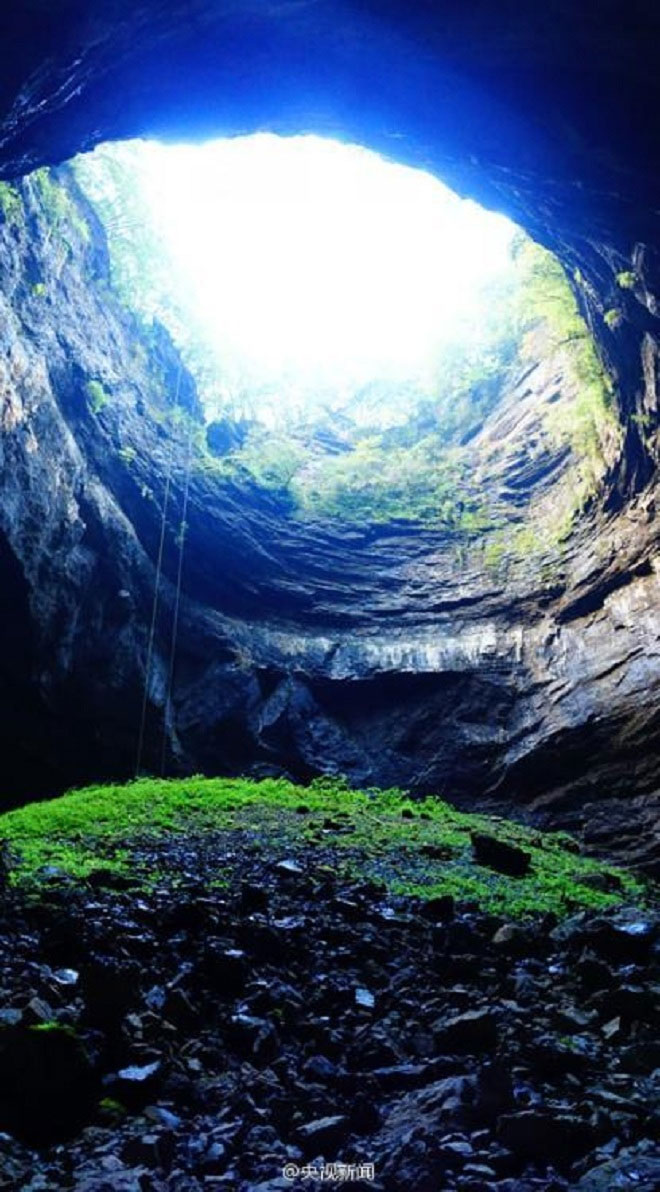
Karst sloughs are large pits, with special geological features, found in the karst region and formed due to repeated subsidence.
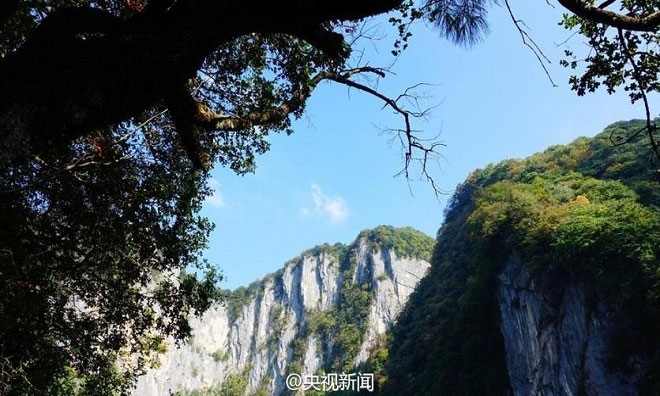
They were first found by a Chinese geological survey team in February this year.From October 25 to 28, Shaanxi Provincial Department of Natural Resources organized a group of regional experts.
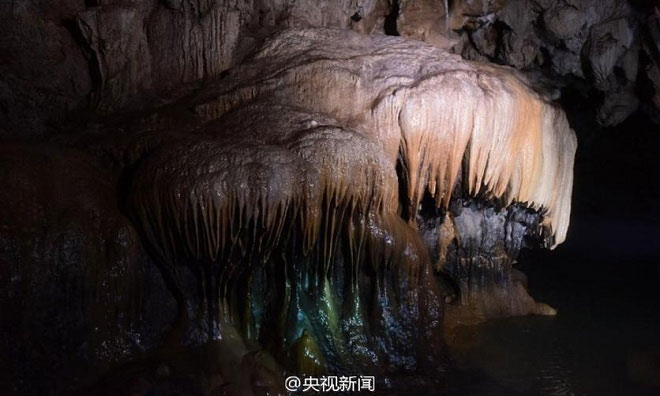
"A total of 49 karst sinkholes and 50 funnel-shaped pits with a diameter of about 50-100m are found in the karst terrain belt over 200km long in Hanzhong city" , Liu Tongliang, Director of Karst Geological Research Institute , from the Chinese Academy of Geosciences, said.
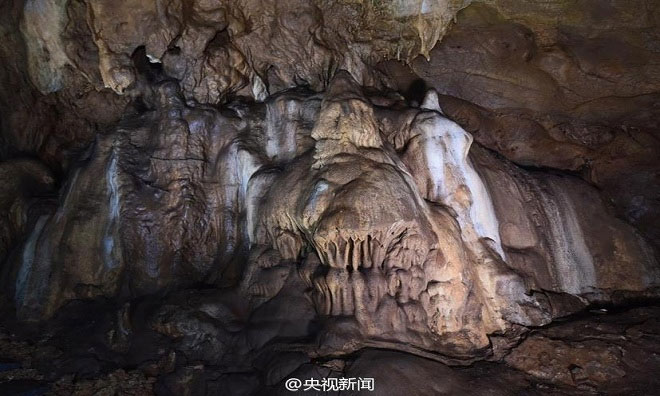
Among the 49 newly discovered holes, there is a super large hole, more than 500m in diameter, 17 large holes, 300-500m in diameter, 31 regular holes, diameter and depth of more than 100m.
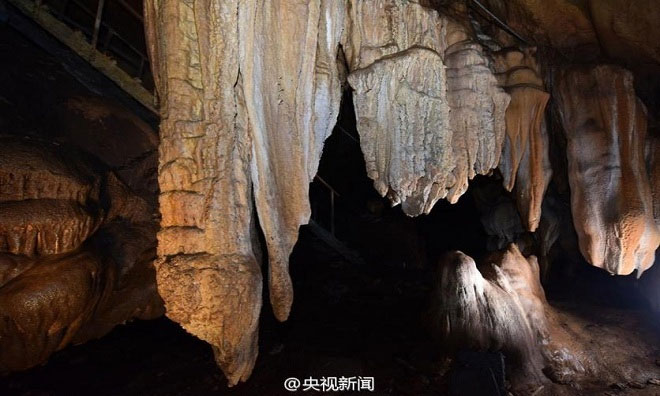
"The expert group has identified karst collapsed pits in Han Trung city very rare, intact and beautifully landscaped. It meets international geological standards and brings potential values in science and tourism." , Wang Weihua, Director of Shaanxi Province Department of Land and Resources, shared.

In addition, the belt also facilitates research for biological experts.Because the location is difficult to access, the ecological environment in the belt core area remains intact.The special topography here also creates a suitable habitat for plants and animals.
- 'Hell hole' raging in China
- Video: Top 5 biggest black holes discovered by NASA in 2017
- 'Hell hole' attacked China
- Discovering 'young dragon' in a lake deeper than 100m underground
- Discovering 'super black holes' is 12 times bigger than the Sun.
- Black hole detection
- The first time I took a picture of a black hole three million times bigger than Earth
- Discovered the unknown type of black hole
- Develop new methods to look deeper into space
- The first time a black hole was discovered, it swallowed a star
- Scientists have observed 1000 times the material that the Sun has just emerged from a black hole
- Star 'starving' black hole is a billion light years from Earth
 Is the magnetic North Pole shift dangerous to humanity?
Is the magnetic North Pole shift dangerous to humanity? Washington legalizes the recycling of human bodies into fertilizer
Washington legalizes the recycling of human bodies into fertilizer Lightning stone - the mysterious guest
Lightning stone - the mysterious guest Stunned by the mysterious sunset, strange appearance
Stunned by the mysterious sunset, strange appearance